Meet our Senior Curator of Transport, Meredith Greiling. Meredith’s been with the museum for just over a year, and while she cares for all the museum’s transport collections, that’s anything with sails, rails, wings and wheels, it’s the maritime collections that are her first love and area of expertise.
How did you first become a Maritime Curator?
I grew up in a sailing town called Lymington in Hampshire, where everyone sailed, including my family. My dad was a very keen sailor and represented the USA at international races; he was also a professional marine artist, so as a child I spent a lot of my time either at harbours or art galleries. I think that sowed a seed.
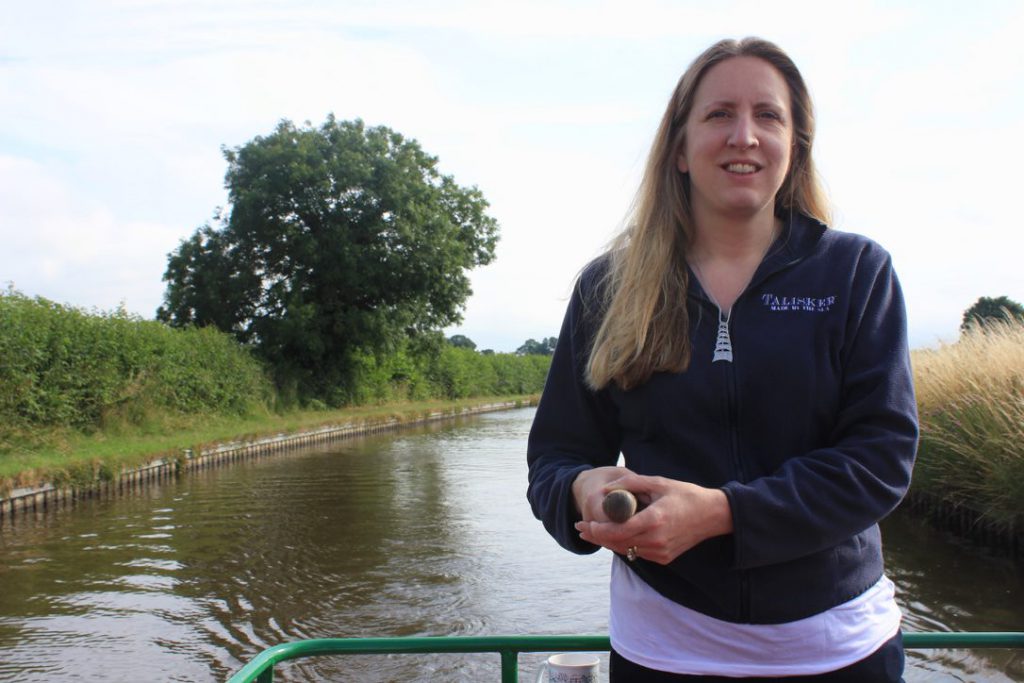
I studied art history for my undergraduate degree and then was lucky enough to get a job as a curator of Ship Plans and Historic Photographs at the National Maritime Museum where I learned a huge amount about identifying different types of ships and boats. I did a Master’s degree at Newcastle University, and then worked at Aberdeen Maritime Museum for 10 years as Curator of Maritime History. I completed a doctorate in maritime art history at the University of Hull, studying ship models in Scottish churches.
I spent three years at Windermere Jetty Museum of Boats, Steam and Stories building a new museum for an outstanding collection of Victorian and Edwardian steam boats as well as motorboats, hydroplanes, kayaks and sailing yachts. That was great fun, and I have very happy memories of time spent out on the water in some beautiful boats.
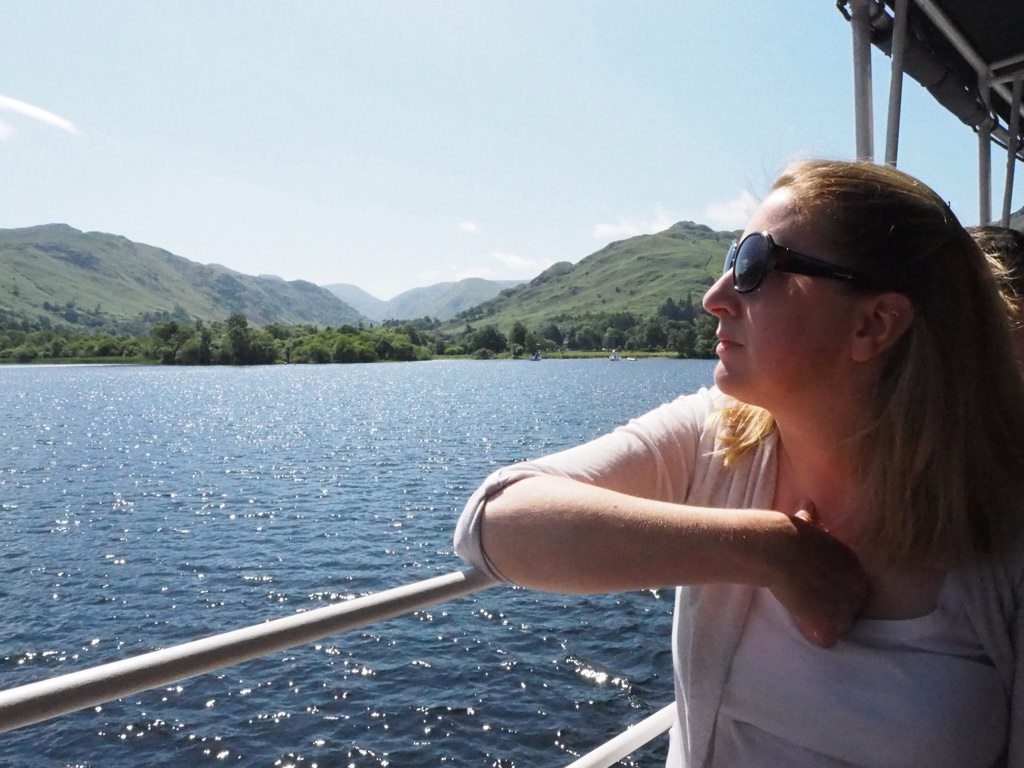
What’s so interesting about transport history?
I love maritime history because it can take you anywhere in the world and any time in history. Ships and boats were the main form of transport for humans around the world after their own feet and the developments in maritime technology allowed people to travel to new continents and trade with people very different from themselves. The experience of sailing, whether in a small dinghy or a large transatlantic liner, is very exciting.
More modern forms of transport have their own exciting stories too, in fact, after the sailing ship, no other man-made object has changed the world so much as the railway. Travelling is an experience that has been used throughout religion, literature and the arts as a metaphor for life itself. Just think how many books and stories have characters going on a journey. Transport is in every great book or film; what would Harry Potter be without the Hogwarts Express, or Casablanca without that final scene at the airport?
Transport is a topic of conversation that everyone can join in with, and everyone has strong feelings about. If you think about it, most people’s first conversation of the day at work is about the traffic, or how the bus or trains are running! Transport has a role in so many big current events too, from climate change to the migrant crisis; people’s need to move around from place to place has an impact on the whole planet. We can already see a huge difference that three weeks without thousands of daily car journeys and flights has made in polluted cities around the world.
How are you working from home?
It’s tricky! Lots of my work is about caring for the physical collections, which is hard from home. I can still answer enquiries, and make plans for future exhibitions. I’m also busy writing up my research on ship models in Scottish churches for publications.
What’s on your bookshelf/personal collection?
I have lots of volumes of The Mariner’s Mirror (the journal of the Society for Nautical Research) which I enjoy dipping in and out of. It has been published since 1911, so there are plenty of interesting back volumes to read. Its cover illustration comes from a nautical chart book from 1588, which is really charming; it has sailors using plumb lines, compass roses, globes and sea monsters!
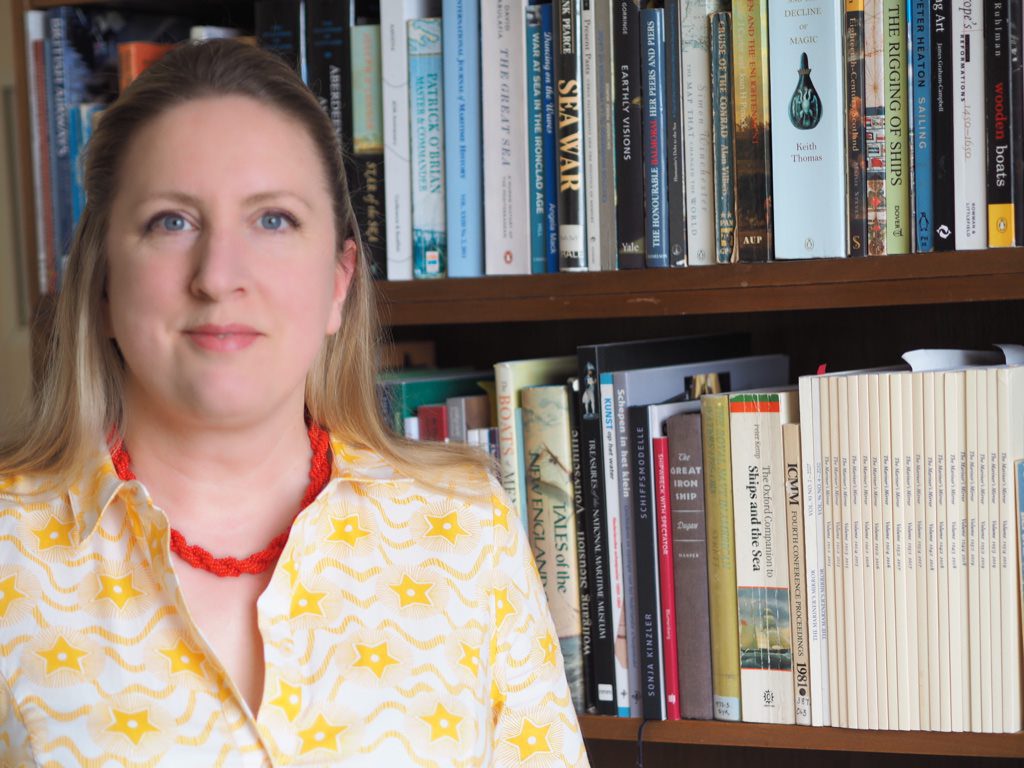
What does a normal day in the life of a Transport Curator look like?
Looking after the objects, making sure they are where they should be and stored correctly. Transport collections come in all shapes and sizes, including the largest object in the entire museum (Concorde) as well as some very small and fragile objects, so storing things can be quite complex.

I answer questions from people all around the world on specific objects or stories in the collections, sometimes from people doing family history research or other museums and historians doing wider research.
A fun part of my job is thinking of ideas for exhibitions and displays, keeping an eye out for interesting anniversaries, or current topics that might have some connections with our collections. I also do research and write articles for journals. I have a chapter in a book called The Maritime World of Early Modern Britain coming out later this year.
My favourite part of my job is when I find things to add to the collections. It can be really exciting to win something at an auction, or to be offered something that’s been in someone’s attic and realise it’s something totally unique. Whenever an object or vehicle is offered for the collection I do research to check whether it fits with what we are looking for so that we don’t acquire lots of the same thing. It also needs to be in good condition, or at least be the best example of that thing that I can find. All vehicles need maintenance to keep them moving, so quite often deciding how much of a vehicle is original can be tricky. I also have to persuade a panel of my colleagues that the item is worth acquiring, so that everything we acquire is rigorously tested.
Any advice you’d give an aspiring transport curator?
- Museum Studies Masters degrees are really useful. Find one that gives you lots of practical training in things like object handling, preventative conservation, and basic cataloguing; these are all skills that any museum will be looking for in a new starter.
- If you can, offer to volunteer at your local museum, even half a day a week will give you a really good insight into the work involved.
- Be passionate! A lot of the time the work of a curator is not very glamorous and that goes ten-fold for transport curators, but it is always interesting. My day can involve cleaning something large and oily, sorting thousands of technical drawings, or creating large spreadsheets. Being passionate about my work means that I can find something to enjoy about all of these tasks.
Is there anything specifically about the NMS collections that first attracted you to working here?
Working with an outstanding national collection with a huge variety from Concorde to classic cars and motorbikes, star objects like Dunlop’s original pneumatic tyre (T.1910.27), Percy Pilcher’s Hawk glider (IL.2001.222), Wylam Dilly (T.2002.38), and all those beautiful models; it’s a dream job!
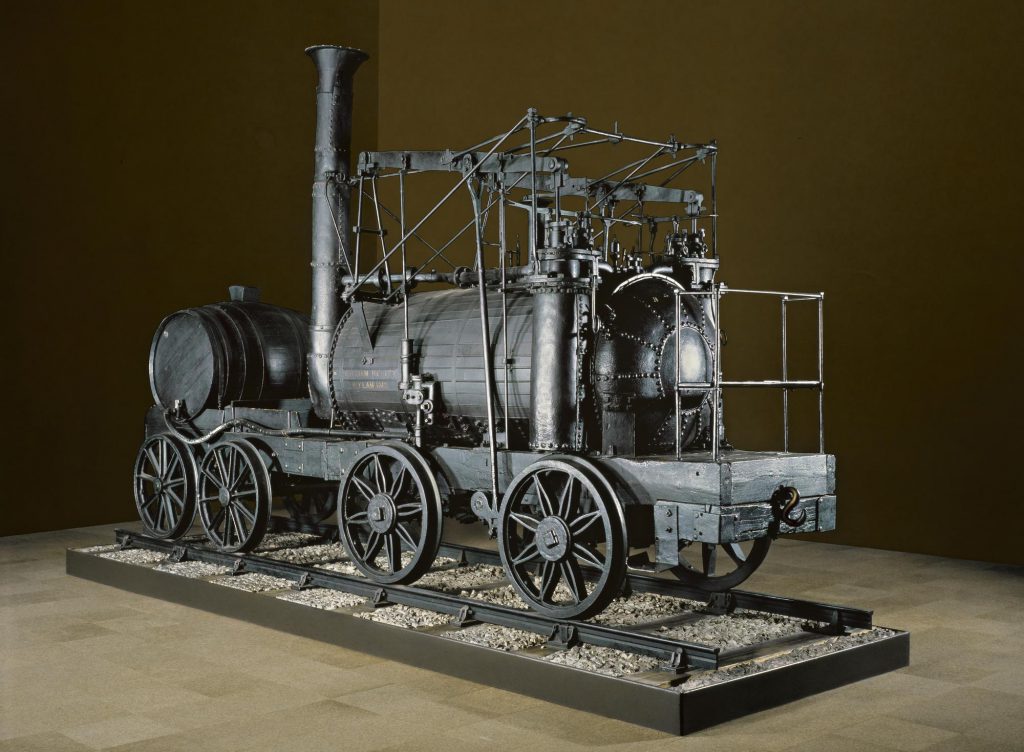
Dilly’s model 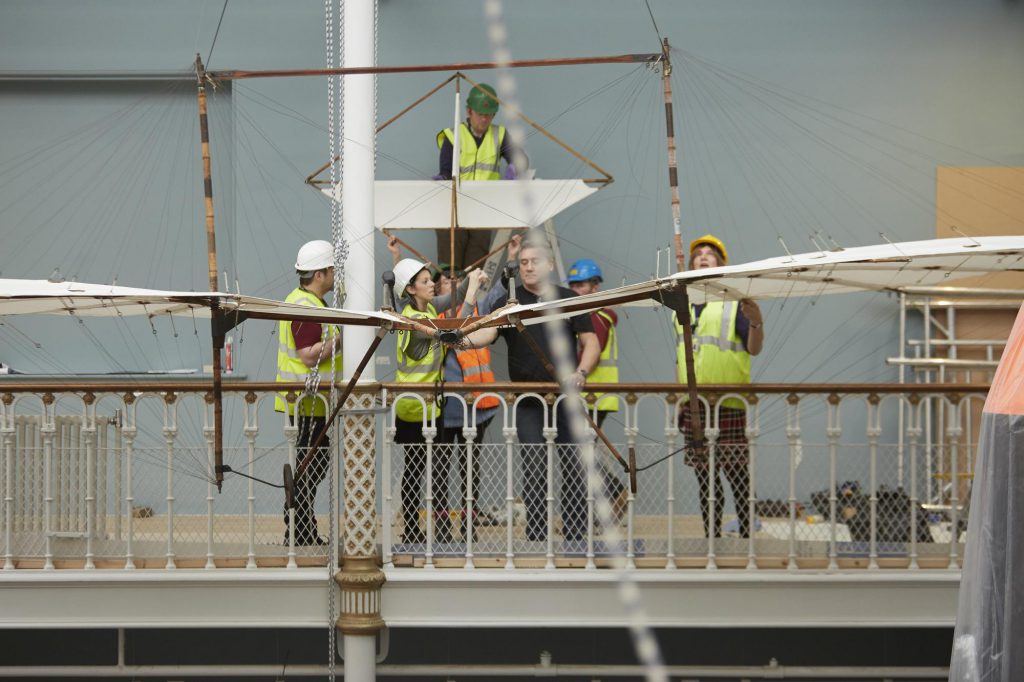
Hawk glider 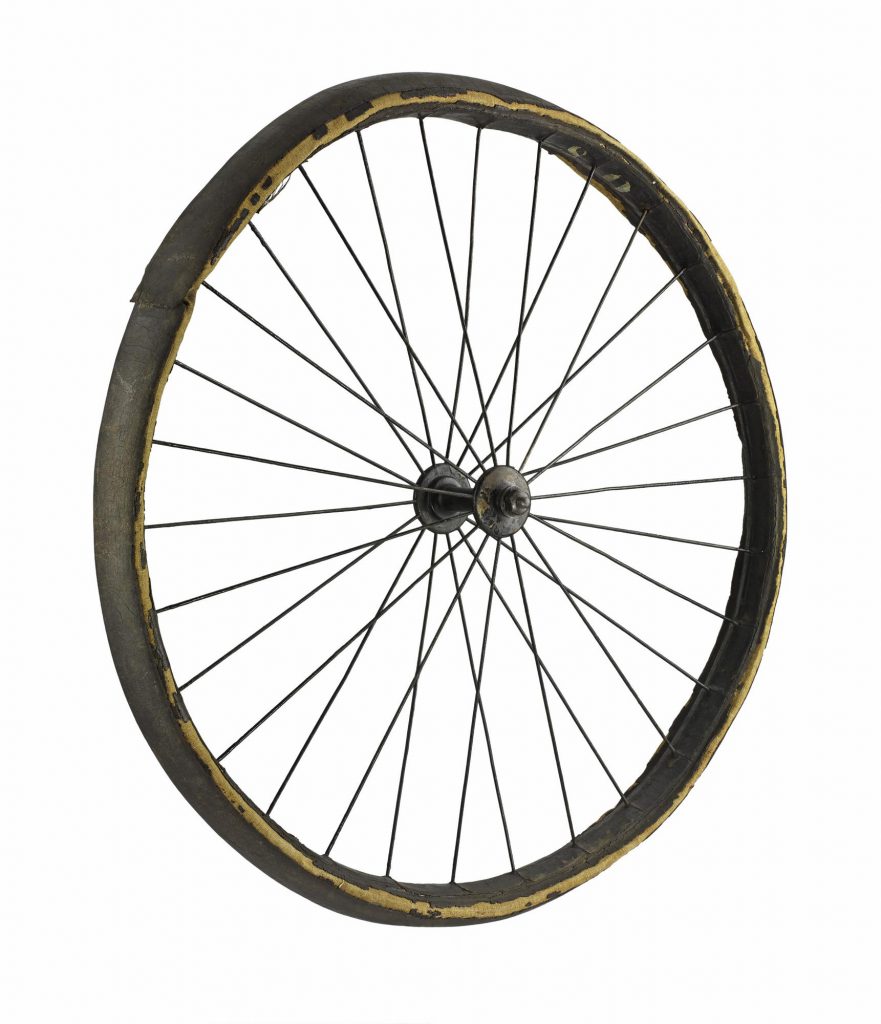
Dunlop’s tyre
Favourite object in the collection?
I love all the models, not just the ship models (mostly the ship models tbh) but also the working models made by the museum’s former engineering workshop, like the model of the Wylam Dilly locomotive (T.1885.227) made in the museum’s workshop in 1885. Some models are really special, like the model of Stephenson’s locomotive Edina, (T.1975.65) which was made by the same engineers that built the original locomotive using Stephenson’s own drawings; it’s as close as you can get to having the real thing.
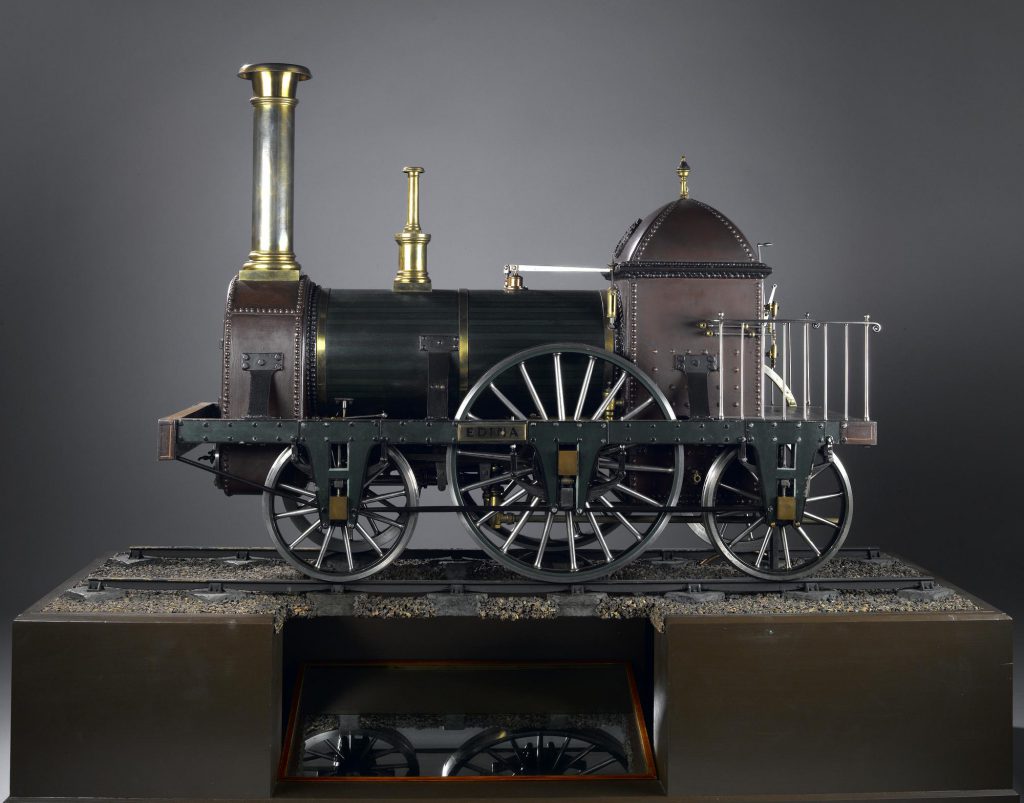
Favourite maritime object?
Tricky, but probably the coastal craft models, many made by boatbuilders around the UK to represent the variations in local vessels.
Once of my favourites is a model of a Shetland smack called Columbine, (T.1939.64) which was involved in a curious incident in January 1886. A Shetland woman named Betty Mouat was accidentally set adrift alone in the boat for nine days after the skipper was washed overboard and the two crew set out in a rowing boat to rescue him. The Columbine kept on sailing with poor Betty, the only person still onboard. She managed to survive for nine days on just bread and milk until she finally hit land in Norway. The case became very famous and Betty even received a letter from Queen Victoria. She was clearly made of strong stuff as she went on to live to be 93.
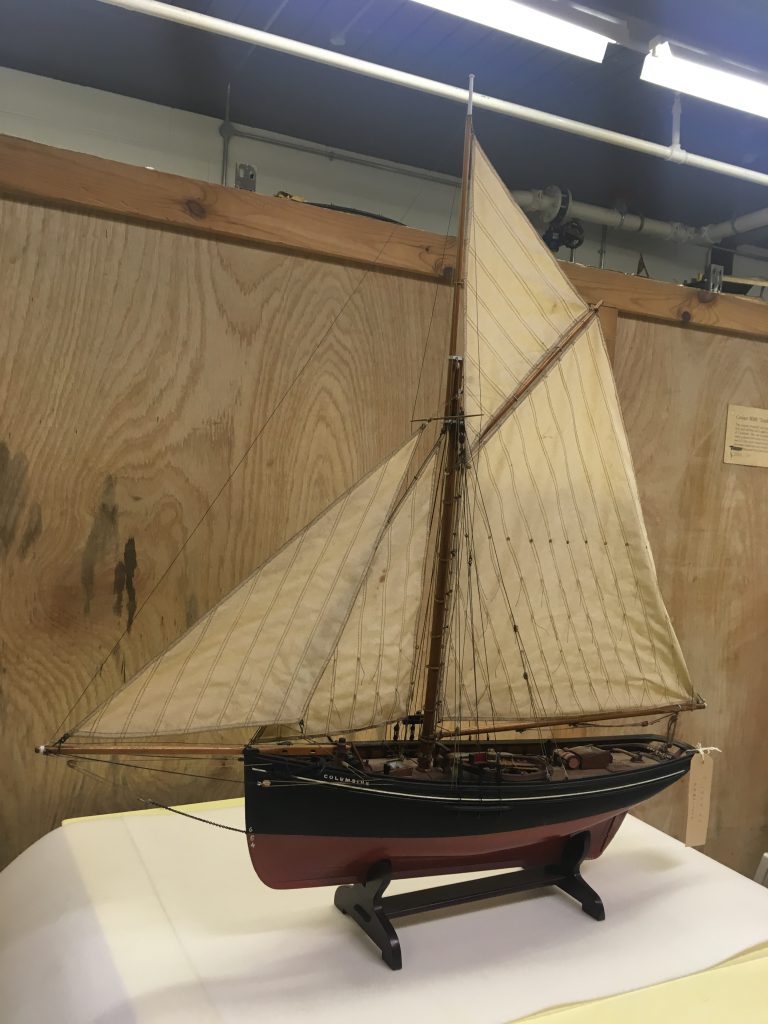
Favourite non-maritime object in the collection?
Wylam Dilly (T.2002.38) – one of the oldest railway locomotives anywhere in the world, more than a decade older than Stephenson’s Rocket, and built the same year as its sister-loco Puffing Billy, Wylam Dilly was constructed by William Hedley, 1813. It was used to pull coal along the Wylam Wagonway to the river, near Newcastle upon Tyne. I grew up near Wylam, and I’m related to the Northumbrian Hedleys so it has a personal connection for me.
Favourite maritime book?
The Cruel Sea by Nicholas Monsarrat – the film is also excellent. After me everyone: “Snorkers! Good-oh!” Another all-time favourite are Tales of Para Handy stories by Neil Munro.
Favourite maritime film?
Titanic, 1997 – I cheered in the cinema when Ismay gets the ship plans out to show Rose that the ship will sink – it’s my favourite scene! but I also have a soft spot for A Night to Remember, 1958. For small-scale thrills and adventure, you can’t beat the latest Swallows and Amazons film (2016), it makes me long for the Lakes and the fun you can have with small boats!